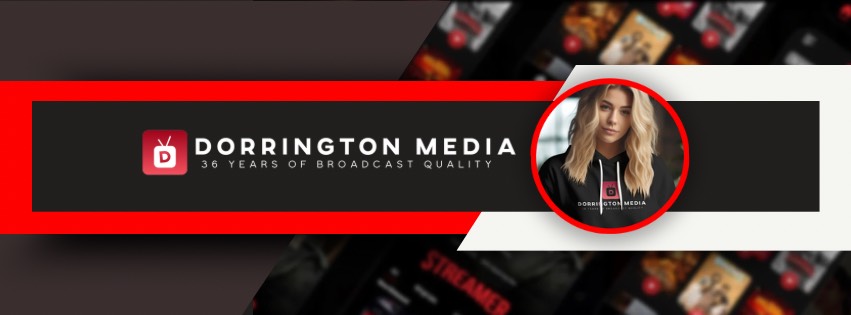In an era where marketing budgets face intense scrutiny, understanding what truly works isn’t just helpful – it’s crucial. The groundbreaking Benchmark Series research has revolutionized our understanding of advertising effectiveness across platforms. Here are the game-changing insights every marketer needs to know.
The Attention Economy: More Than Just Eyeballs
The research delivers a clear message: attention isn’t just important – it’s everything. The numbers tell a compelling story:
- TV commands 58% active viewing
- YouTube achieves 31% active attention
- Facebook captures just 4% active viewing
But here’s where it gets interesting: these attention differences translate directly to sales impact. The research found that active viewing on TV generated a STAS (Short-Term Advertising Strength) of 144, while Facebook reached 118 and YouTube lagged at 116.
The Coverage Factor
One of the most striking findings relates to screen coverage. Ads that fill 100% of the screen generate twice the sales impact of those filling just half the screen. This isn’t just a minor difference – it’s a fundamental principle that’s reshaping industry standards.
The Emotion Equation
The research uncovered a fascinating relationship between emotion and effectiveness:
- High-emotion ads generate 2.4x the sales impact of low-emotion ads
- Strong reactions (positive or negative) capture 16% more attention
- But visibility trumps emotion – a visible “boring” ad outperforms an invisible “exciting” one
Memory Matters: The Decay Effect
Perhaps most crucially, the research revealed how advertising memories persist across platforms:
- TV advertising memories last 109 days
- YouTube impact fades after 8 days
- Facebook effect diminishes after 6 days
The Mobile Question
The research demolishes some common assumptions about mobile advertising:
- TV content on mobile generates a STAS of 161
- Facebook on mobile reaches only 121
- YouTube on mobile achieves 137
Cost vs. Value: The Efficiency Trap
When analyzing cost-effectiveness:
- Facebook would need to be one-third of TV’s CPM to match effectiveness
- YouTube should be two-thirds of TV’s CPM to compensate for impact differences
- TV delivers 1.5x more sales per dollar than Facebook and 2x more than YouTube
The BVOD Bonus
For advertisers seeking the optimal media mix, the research provides clear direction: BVOD (Broadcaster Video on Demand) combined with traditional TV generates twice the sales impact of TV paired with social video.
Practical Applications
For marketers, these findings suggest several clear priorities:
- Prioritize Attention
- Choose platforms that command active viewing
- Ensure full-screen coverage
- Monitor viewability metrics
- Think Long-Term
- Consider decay rates in planning
- Build for sustained impact
- Balance immediate and long-term effects
- Optimize Screen Strategy
- Leverage TV’s cross-screen strength
- Use BVOD for digital extension
- Maintain consistent visibility
The Bottom Line
The Benchmark Series delivers a clear message: while all video platforms can contribute to marketing success, they’re not created equal. TV, whether traditional or BVOD, continues to deliver superior results across every measured dimension. In the quest for marketing effectiveness, these findings provide a scientific foundation for better decision-making. The question isn’t whether to use TV – it’s how to optimize its use within your broader marketing strategy.



Leave a Reply